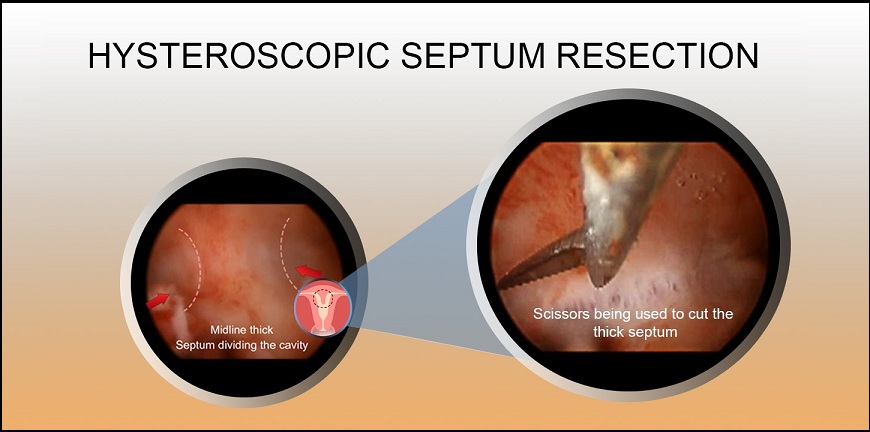A Uterine Septum Can Prevent Pregnancy.
At Dr. Kanade Gynaec Endoscopy & Infertility Centre, we often treat women with infertility caused by structural abnormalities of the uterus, ovaries or abdominal cavity. This means that the shape of the pelvic organs or growths within the uterine cavity can interfere with pregnancy. One of the more common uterine issues that fertility specialist Dr. Kapil Kanade sees is uterine septum.
What is a uterine septum?
A uterine septum is the condition where the uterus has a wedge of extra tissue, called the septum, hanging from the top. This septum can be small or can extend all the way from the top of the uterus to the cervix, functionally dividing the uterus into two cavities.
What Causes Myoma?
What is a uterine septum? A uterine septum is the condition where the uterus has a wedge of extra tissue, called the septum, hanging from the top. This septum can be small or can extend all the way from the top of the uterus to the cervix, functionally dividing the uterus into two cavities.
What is a uterine septum?
A uterine septum is the condition where the uterus has a wedge of extra tissue, called the septum, hanging from the top. This septum can be small or can extend all the way from the top of the uterus to the cervix, functionally dividing the uterus into two cavities.
How does a uterine septum affect fertility?
The extra tissue that makes up the septum differs from that in the rest of the uterus. In particular, it has poor blood circulation. This means that embryos that land on the septum after fertilization can’t successfully implant in the uterus, or if they do manage to implant, they might fail to develop. In this way, uterine septum can be a cause of infertility or recurrent pregnancy loss.
What causes a uterine septum?
Women with uterine septums are born with them. The congenital defect occurs when two small uteri fuse into one, as is normally the case, but fail to absorb the dividing interior wall. A woman’s uterus develops, including any abnormalities, while she is a fetus in her own mother’s uterus. Aside from potential infertility issues, a woman with a uterine septum will have no other symptoms. In fact, most women don’t even know they have one until they have trouble conceiving and consult with a fertility doctor like Dr. Kapil Kanade.
What is the treatment for a uterine septum?
Unlike other infertility issues that can be treated with medication, structural causes of infertility are often best treated with surgery. Surgical correction of a uterine septum is typically performed with a minimally invasive procedure called a hysteroscopic resection. This is an outpatient surgical procedure, Dr. Kapil Kanade performs that has no incisions, so leaves no visible scars.
In this procedure, Dr. Kapil Kanade dilates the cervix and threads a long thin camera into the uterus. He then passes instruments through the camera that is used to resect, or cut, the septum. The extra wedge of unnecessary tissue is resected, creating a larger area for implantation to occur. After this procedure has been performed, the uterus is much more capable of carrying a pregnancy to term.
If you have been trying to conceive without success for a year, it’s a good time to consult a fertility specialist like Dr. Kapil Kanade to investigate potential causes.
